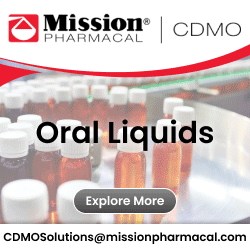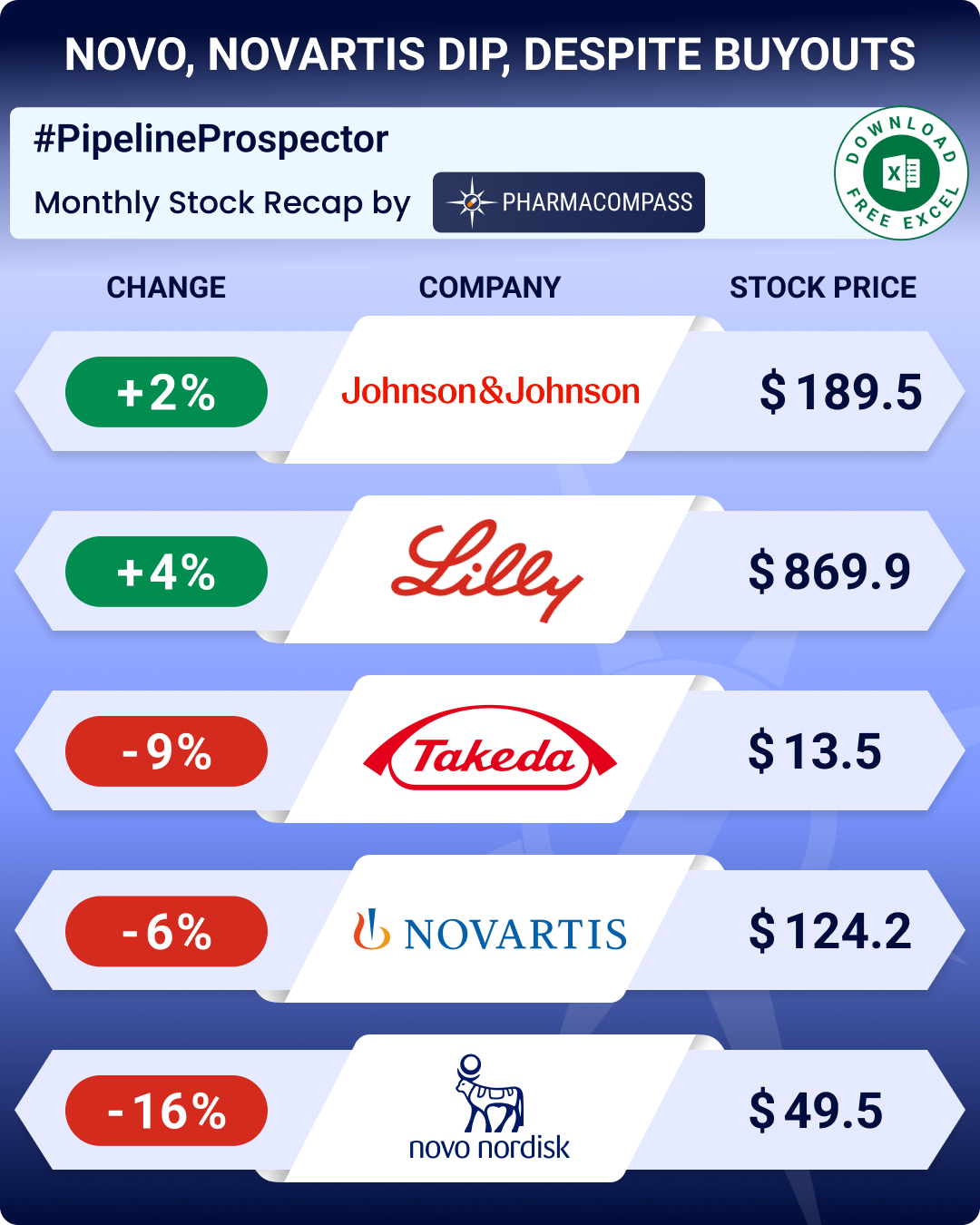Overview of inhalation products & pulmonary delivery devices which increase the bioavailability of solutions, suspensions & powder nasal dosage forms.
Q1. What are Inhalation dosage forms (or Inhalation Preparations) and what are its advantages?
Inhalation dosage forms or inhalation preparations refer to any drug product or drug solution taken via the inhalation route of administration (the nasal or respiratory route). Inhalation dosage forms are intended to deliver drug substances to the lungs. These inhaled dosage forms for drug delivery to the lungs affect pulmonary function or treat allergic symptoms in the respiratory tract. Inhalation preparations are generally formulated as solutions, suspensions, and powders.
These solution, suspension, and powder formulations are delivered to the respiratory tract via drug delivery devices like aerosols, dry powder inhalers (DPI), metered dose inhalers (MDI), and nebulizers, amongst other devices. Inhalation preparations are most commonly used to treat respiratory ailments such as asthma, chronic bronchitis, emphysema, and bronchiectasis.
The advantages of inhalation dosage forms or inhalation preparations are:
- Less systemic toxicity
- Rapid onset of medication
- Local drug delivery
- Higher concentration of drug substances to target sites
- Potential of lower dosages & lower costs
- Less wastage of medicines
On the other hand, the disadvantages of inhalation dosage forms or inhalation preparations are:
- Irritant effects on airways
- Cumbersome & time consuming delivery systems
- Costly delivery devices
- Lack of knowledge of device use and inhalation route of administration protocols amongst healthcare professionals
- Insufficient standardized technical information of delivery devices among practitioners
- Confusion due to variability of devices
Q2. What are the different types of Inhalation Dosage forms?
Formulations for inhalation routes of administration include both solid and liquid dosage forms. Inhalation solid dosage forms consist of dry powders and are delivered to the respiratory system through dry powder inhalers (DPI), rotahalers, spacers, etc. On the other hand, liquid inhalation formulations are constituted of solutions or suspensions and are delivered to the lungs via metered dose inhalers (MDI), nebulizers, etc. Delivery devices and dosage forms for drug delivery to the lungs are selected on the basis of multiple factors such as the expected indication, the target patient population, and the dose of the chosen drug product.
Inhalation solid dosage forms - Dry powders:
- Powders are dry, free-flowing formulations of drug products, which can be used internally and externally (e.g., external applications to the skin). Dry powders can be taken orally by some patients who are unable to swallow other solid dosage forms such as capsules. Dry powders can further be prepared for inhalation by spray-drying or micronization of a blend consisting of the drug and a suitable inert carrier.
Liquid inhalation formulations - Solutions & Suspensions:
- Solutions are clear liquid formulations containing one or more active pharmaceutical ingredients (API) dissolved in a suitable medium. Chronic respiratory diseases often involve inhalation therapy with nebulizers. There are a range of prescription drugs available for inhalation with a nebuliser including isotonic and hypertonic saline solutions.
- Suspensions may be defined as preparations containing finely divided drug particles distributed somewhat uniformly throughout a medium in which the drug exhibits a minimum degree of solubility. Budesonide, an anti-asthmatic drug used to control and prevent symptoms caused by asthma, is a liquid suspension which is administered via oral inhalation.
Q3. What is the criteria for selecting a dosage form for drug delivery to the lungs?
The most important selection criterion for dosage forms is the specified route of drug delivery; dry powders, suspensions, and solutions are the preferred dosage forms for inhalation drug products. The selection criteria for an inhalation dosage form for drug delivery to the lungs starts at the preformulation stage.
Factors including the nature of the illness, system of action, age and anticipated condition of the patient are given priority while selecting the inhalation formulations. The choice of an appropriate salt form can be critical, and the preformulation data, such as solubility, hygroscopicity, and stability, may weigh in favor of one dosage form (suspension, solution, or powder) over another.
Preformulation studies are succeeded by late stage discovery, toxicology reports, first-in-human studies, and later stages of human dosing trials, following which they are prepared for commercialization. Ultimately, the inhalation dosage form that provides the optimal drug action is selected over other dosage forms as the end goal of inhalation formulation development is to improve the bioavailability of drugs, increase absorption, and to optimize drug delivery via the inhalation route of administration.
Q4. What are the challenges involved in the formulation development of Inhalation Dosage Forms?
The challenges involved in the formulation development of inhaled dosage forms:
- A plethora of inhalation delivery devices and inhaled dosage forms for drug delivery to the lungs are available and can be divided into nebulizers, metered dose inhalers (MDIs) and dry powder inhalers (DPIs). However, most of the currently marketed inhalation delivery devices are not designed for high doses and are, therefore, not suitable for this purpose.
- Another key challenge for inhalation drug product development, is to generate drug particles of a suitable size range. Aerosol particle size affects both the dose deposited and the distribution of aerosol particles in the lungs and must be carefully optimized.
Large biopharmaceutical molecules cannot effectively be absorbed by the lining of the human intestines, this affects a range of cancer therapies or treatments of neurological diseases, infections and immunological disorders as they are unable to employ these large-molecule compounds as inhalation formulations.
- When treating respiratory diseases via inhalation routes of administration with extracellular targets, absorption into the body can cause significant side effects, such as those affecting the digestive, cardiovascular, and central nervous systems, depending on the mechanism of the drug administered, as well as off-target effects.
- Drug development for dry powder formulations and inhalers have consistently faltered as they transition to the clinical phase, and de novo dry powder drug development is sparse when a linear drug delivery process is followed.
Besides the above given examples there are several other challenges plaguing inhalation product development (liquid & solid inhalation dosage forms) however, various advancements in technologies and inhalation drug product delivery devices have solved and will continue to solve these shortcomings.
Q5. What are the manufacturing and formulation solutions provided by drug delivery devices for Inhaled dosage forms?
As seen above inhalation formulation challenges are widespread in inhalation dosage form production and development. As a response various manufacturing and formulation solutions for inhaled dosage forms are achieved with the help of innovative drug delivery devices.
Manufacturing and formulation solutions for inhaled dosage forms via inhalation drug product delivery devices:
Inhalation solid dosage form:
- High dose delivery challenges are overcome by dry powder inhalers (DPI), which can deliver low and high doses in single or multi-dose configurations. Dry powder inhalers (DPI) enable drug delivery of inhalation solid dosage forms which further overcomes stability issues associated with solutions.
Liquid inhalation dosage form:
- Liquid inhalation products are delivered via metered dose inhalers (MDI) and nebulisers. Nebulizers convert liquids into aerosols of desired sizes which can be successfully inhaled into the respiratory tract and are particularly useful for diseases that require high pulmonary doses (e.g., CF) and for patients who are unable to coordinate or achieve flow rates necessary for use of other inhalation devices (e.g., children).
- Furthermore, metered dose inhalers (MDI) with particle size selective accessory devices, can be used for pulmonary drug targeting which, by further improving the therapeutic ratio inherent to aerosol therapy, reduces local and systemic side effects and allows application to the pulmonary airways of significantly larger doses of medication than could otherwise be administered safely.
Novel particle technologies, liposomal delivery vehicles, large and porous particle development, biodegradable polymers, and advances in propellants further serve as manufacturing and formulation solutions for inhalation products and are increasingly being adopted by producers as well as consumers. These recent advances in inhaled products and formulations indicate certain trends in the pulmonary drug delivery field.
Manufacturing and formulation solutions for inhaled dosage forms will be the driving force behind these advancements. High-dose dry powder inhalation products are increasingly popular as compared to nebulized formulations and will become more widespread by the development of newer variants of high dose DPIs, and metered dose inhalers will continually evolve with the incorporation of spacers, propellants, valves, and other additions.
All Suppliers

















 Quotient Sciences- Molecule to Cure. Fast.
Quotient Sciences- Molecule to Cure. Fast.








